Respiratory problems in dairy calves
It is worth to support calves from the beginning. Respiratory diseases in calves are associated with enormous economic losses. But what role can phytogenics play?
Calves have to undertake a difficult path once they are born. During their growth, they have to overcome challenges in terms of feeding transition (introduction of concentrate and fiber in the diet), housing (from individual to collective pens) and of course pathogenic pressure. Since these animals are young and quite susceptible to diseases, it is not always possible to avoid respiratory problems in dairy calves.
In this article you will read about:
- the costs coming along with respiratory diseases in calves
- the bovine respiratory disease and its economic impact
- Management practices to reduce the incidence of BRD
- Phytogenics and their contribution to calves’ resilience status
Recent studies, run in Europe and the US, have shown that the mortality of dairy calves has been increasing. In France, the mortality rate on calves between 0 to 180 days increased from 8.5% to 12% from 2000 to 2016. In the US, the mortality rate increased from 4.2% in 2010 to 5% in calves between birth and weaning (on average 66 days) in 2014.
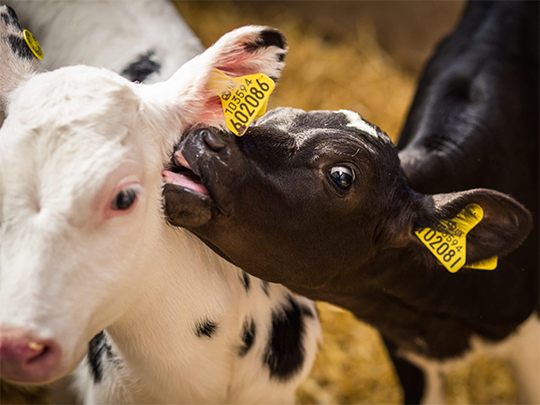
Did you know that respiratory diseases are the second cause of mortality in dairy calves after diarrhea?
Bovine Respiratory Disease (BRD) is an important health problem in the dairy cattle industry that mainly affects younger animals. In the US, 14% of all mortality of heifer calves studied between birth and weaning (on average 66 days of life) was caused by BRD. In Brittany (France), amongst all the male and female calves born in 2016, 10.1% died of BRD between 0 and 180 days of age. In an Irish survey conducted in 2016, BRD is the 2nd most important cause of mortality in calves until 1 month old after diarrhea but becomes the 1st cause of mortality by far for calves between 1 and 6 months old (49% and 33% in Northern Ireland and Ireland respectively).
What causes Bovine Respiratory Disease?
BRD embraces all possible respiratory diseases in cattle, defined by abnormal clinical signs of the cattle’s respiratory tract. A variety of pathogens can contribute to BRD in dairy calves, and usually results of a combination of stress, primary viral infection often complicated by a secondary bacterial infection, or by bacteria alone. Common viral pathogens include Parainfluenza Type 3 virus (PI3), Infectious Bovine Rhinotracheitis virus (IBR), Bovine Viral Diarrhea virus (BVD) and Bovine Respiratory Syncytial virus (BRS). Bacterial pathogens include Pasteurella multocida, Mannheimia hemolytica, Haemophilus somnus and Mycoplasma bovis.
Ever heard of Quorum sensing Inhibition?
Click here to learn more about the beneficial effect of phytogenics against bacterial communication
How does BRD affect the economics of a dairy farm?
BRD affects the economics of a dairy farm directly and indirectly. While direct costs are linked to treatments and dead of the calves, indirect costs are mainly associated with reduced growth performance of the animals.
Some researchers suggest that BRD in the first 60 days of life will decrease survival to first calving, increase the age of first calving and calving difficulty. Moreover, heifers that had BRD tended to have lower milk production.
Did you know
that animals challenged by disease redirect the energy supplied to their immune system in order to fight the disease?
Unfortunately, while needing extra-energy, sick animals exhibit decreased feed intake, which leads to lower available energy level; the calves cannot keep up the growth rate, since the body’s priority is to heal.
According to recent studies in the UK, BRD is the most common cause of death and poor performance in dairy cattle under one year of age with 14.5% of dairy heifers failing to reach their first lactation due to pneumonia.
- The cost per case is a minimum of 50.49€ per sick calf with an added cost of 34.53€ per calf for the rest of the in-contact group.
- Daily live weight gains targeting 0.8kg/day can drop to 0.4kg/day and may never recover completely increasing lifetime costs and reducing efficiency of production.
- Dairy heifers have an average reduction in first lactation milk production of 150kg, a 30 day increase in time to first calving and reduction of bodyweight at 14 months of 29kg.
A study in the US involving 104000 heifers concluded that the majority of BRD cases in dairy occur from birth to 120 days of age, and that 36.6% of heifer calves had one or more cases during that time period.
- Calf raisers generally see the highest incidence of BRD during the first 30 days of a calf’s life, with another spike in morbidity occurring at and after weaning.
- Impacts of BRD in heifer calves include decreased rate of gain, a higher culling risk, delayed age at first service, delayed age at first calving and in some cases, lower future milk production.
- The cost of raising a heifer with one or more recorded cases of BRD during the first 120 days exceeded those for healthy heifers by 192€ to 214€, depending on whether anticipated milk-production differences were considered.
Better management practices are the key factors
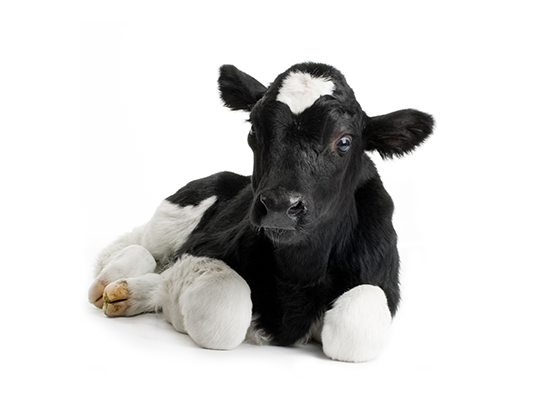
Some simple practices can reduce the incidence of BRD:
- Adequate colostrum shortly after birth: in order to enhance the immunity of the calf adequate quantity and quality of colostrum should be provided within the first 6 hours of life.
- Good feeding practices: the quality and amount of milk or reconstituted milk replacer fed, as well as the consistency between meals impacts growth and the ability for calves to fight an infection.
- Bedding: calves are born with a small fat reserve and the necessity for heating themselves drives nutrients away from growth and the immune system. Thus, bedding should be clean, dry and deep.
- Ventilation: in order to decrease the airborne bacterial count, minimizing the risk of infection a good barn ventilation is needed. It also decreases the concentration of ammonia in the air, which can cause irritation and inflammatory reactions.
- Density and grouping: smaller groups are preferable o bigger groups in order to decrease the chances of spreading diseases among calves. Groups should have animals of the same age in order to reduce competition and therefore stress.
Did you know
that the first line of defense of the immunity system is the gut wall?
One of the keys to lower the incidence of diseases is to maintain a healthy gut.
Maintain calves’ resilience.
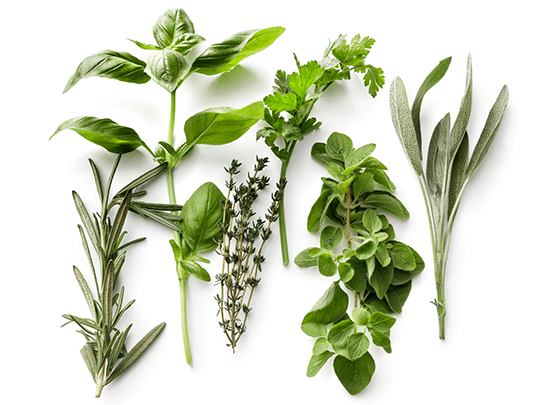
Phytogenics are a valuable tool when it comes to maintain a long-term normal health status of calves. By improving feed intake, weight gain and feed efficiency, phytogenics can contribute to stronger calves and maintained resilience.
But as vast as the phytogenic universe, as enormous are their manifold effects and areas of application.
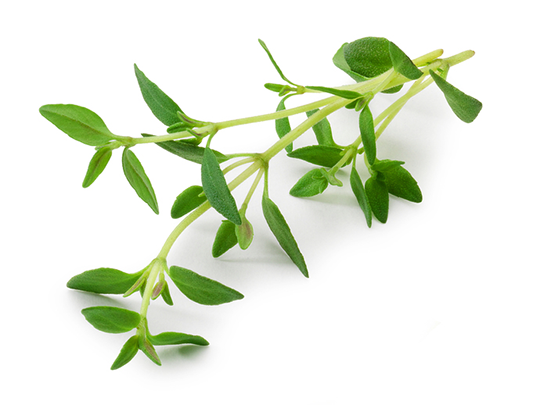
Aromatic phytogenics, like essential oils, flavonoids and spices can improve feed intake. Moreover, selected spices and steroidal saponins have shown to support nutrient digestibility. Did you know that galactomannans as well as steroidal saponins can have the ability to support the maintenance of the intestinal Integrity? Additionally, some mucilages have the power to improve the nutrients’ availability for the animal.
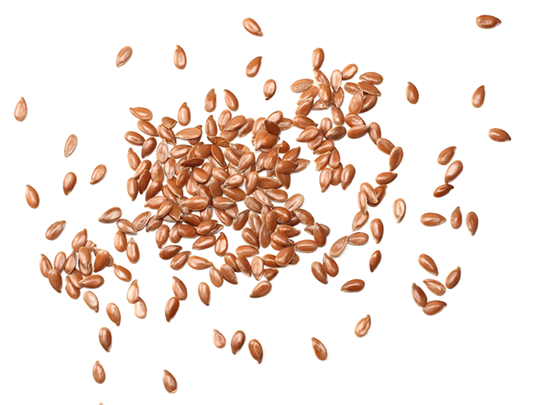
Assorted phytogenics can help to maintain a good resilience status of calves as they can offer diverse beneficial effects. Research has shown that selected plant-based phytogenic ingredients can offer antimicrobial activities (essential oils), antioxidative effects (essential oils and spices) or anti-inflammatory modes of action (flavonoids). Moreover, phytogenics, like assorted essential oils, flavonoids or triterpenoid saponins can help to support the normal function of the airways: they are able to promote bronchodilatory effects and reduce the viscosity of mucus, increase the airways clearance and ease the breathing as well as offer expectorant and antitussive modes of action.
References available upon request

Gonçalo Martins
Gonçalo Martins joined Delacon in December 2018 as a Customer technical service manager for the ruminant team. He is a veterinary, graduated from UTAD in Portugal and started his work as a practitioner in dairy farms. For the past 12 years, Gonçalo has been working within animal nutrition industry, mainly in the feed additives and feed supplements business. At the moment, he is responsible for the technical support of the ASPAC region, Portugal, Spain and Ukraine.










